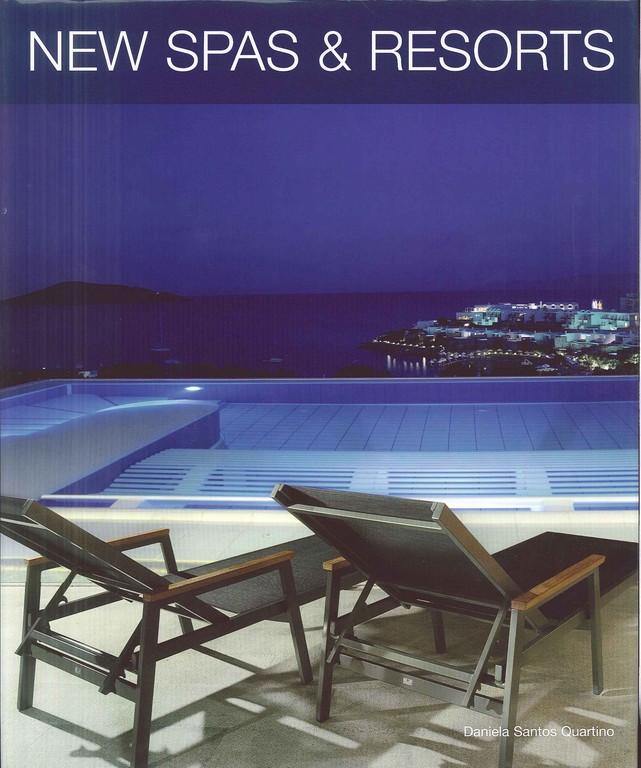Seeking Wellness

You don’t have to be a physician to know that watershapes offer profound benefits when it comes to health, fitness and wellness. Indeed, most people know that swimming and other forms of activity in water are, along with hydrotherapy, among the healthiest of all activities known to us mere mortals.
Unfortunately, and for reasons that escape me, promoting the value of that connection has never spent much time on our industry’s front burner.
My own curiosity about the topic recently led me to seek published resources, and I’m sad to say that my search hasn’t yielded much. It reminds me of my early days in this industry and a time long ago when I craved books that would inspire my design work: For a long time, there wasn’t much to find – but that’s all changed now. My hope is that the case with water-related health and wellness is the same and that it will soon become a topic as celebrated as stylish watershape designs are these days.
On a recent trip to my local library, however, I did manage to find one book that was water/health-related – but not exactly in the way I was hoping. Called New Spas and Resorts (Loft Publications, 2007), this richly illustrated 240-page book by Daniela Quartino covers spa facilities of the sort found at luxury hotels, resorts and natural hot springs. In other words, it’s not about “spas” as we apply the term in our industry, but instead refers to full-service facilities where members or guests can enjoy a massage, get beauty treatments and, of course, spend time luxuriating in water both hot and cold.
In picking up the book, I was reminded that, just about everywhere I go these days, I see places promoted as “day spas” or “pampering spas.” As Quartino demonstrates in her coverage, these establishments always have watershapes – most often in the form of hydrotherapy spas but also as swimming pools of all shapes and sizes.
Even in flipping through the pages before checking the book out, I was immediately struck by how elaborate and varied these installations can be. Right away, I began wondering why this genre of watershaping hasn’t come to occupy a more prominent place among our watershaping specialties, because it’s apparent that, around the world, some of the most beautiful watershaping I’ve ever seen is to be found in these facilities where people go to seek comfort, luxury and measures of self-indulgence.
Quartino divides her coverage into five distinct categories: day and fitness spas, hotel spas, thermal spas, unique spas and resorts. In each, she presents a generous selection of facilities that represent the broadest possible range of styles and details. The majority of these facilities are in Europe (Spain, Italy, Holland, Germany), but they also appear in Turkey, Chile, Brazil and Canada. Only a few are in the United States, and the “mostly overseas” nature of the coverage seems to indicate that this is an area where other cultures are a few big steps ahead of us.
The text offers no technical descriptions of the facilities, but the high level of the finish and detail work is immediately evident in the photographs, making the book useful as an idea book and source of design inspiration. Helpfully, the styles on display range from the classical to the naturalistic and sleekly modern.
This beautiful book doesn’t directly make the case for valuing the relationship between watershapes and health, but it certainly serves to reinforce the idea that wellness and water are able at least to go hand in hand.
Mike Farley is a landscape architect with more than 20 years of experience and is currently a designer/project manager for Claffey Pools in Southlake, Texas. A graduate of Genesis 3’s Level I Design School, he holds a degree in landscape architecture from Texas Tech University and has worked as a watershaper in both California and Texas.










